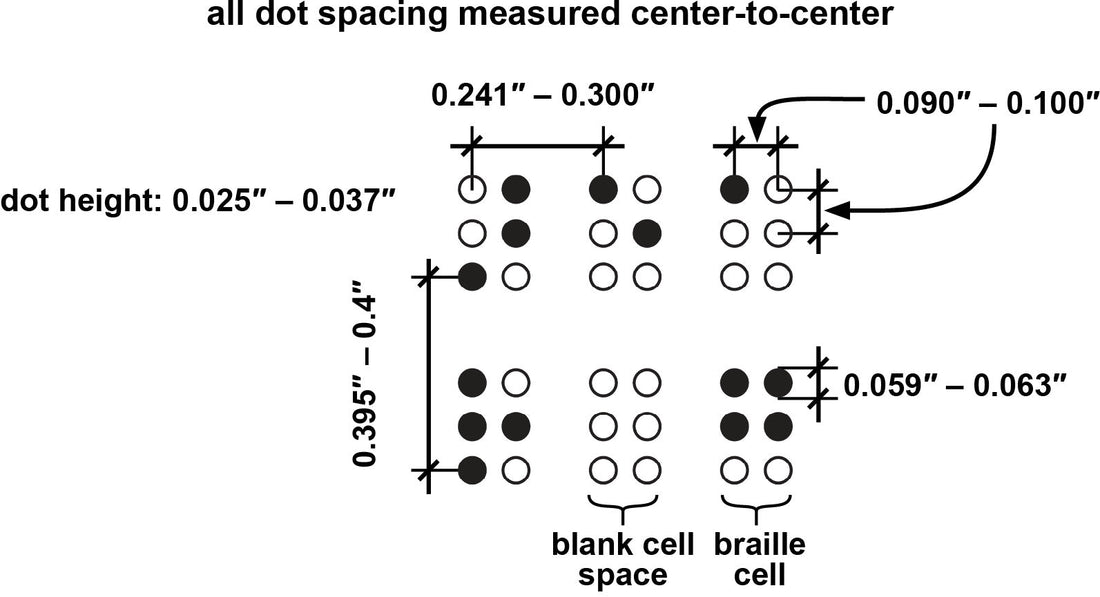
All about ADA Accessible Signage
Share
When it comes to creating a welcoming and inclusive environment, ADA accessible signage plays a crucial role. These signs are not just a matter of aesthetics, but are essential for ensuring that individuals with disabilities can navigate public spaces with ease. Let's delve into the key aspects of ADA accessible signage to understand their importance and requirements.
What are the ADA Signage Compliance Requirements?
ADA (Americans with Disabilities Act) signage compliance is mandatory for all public buildings and spaces. These regulations ensure that individuals with disabilities have equal access to information. ADA signs must have high color contrast, tactile characters, Grade 2 Braille, and be mounted at the proper height for easy readability.
What is the Standard Height for ADA Signs?
ADA signage must be mounted at a height between 48 inches and 60 inches from the ground. This range ensures that the signs are easily visible and accessible to individuals of varying heights, including those who use wheelchairs or mobility aids.
What Colors are Recommended for ADA Signs?
When it comes to color selection for ADA signs, high color contrast is key. The background and characters on the sign should have a sharp contrast to ensure readability for individuals with visual impairments. Common color combinations include dark characters on a light background or vice versa.
What Fonts and Sizes are Acceptable for ADA Signage?
ADA signage must use easy-to-read fonts such as Helvetica, Arial, or similar sans-serif typefaces. The characters must be raised or engraved to create tactile text for individuals with visual impairments. The minimum height for tactile characters is 5/8 inch, while the maximum is 2 inches.
By adhering to ADA signage requirements, businesses and organizations can create a more inclusive environment for all individuals. These signs not only enhance accessibility but also demonstrate a commitment to diversity and equality. Remember, ADA signage is not just a legal requirement – it's a step towards a more inclusive society.
Here's a link to the U.S. Access Board's guide to ADA Accessibility Standards for ADA signs. https://www.access-board.gov/ada/guides/chapter-7-signs/
